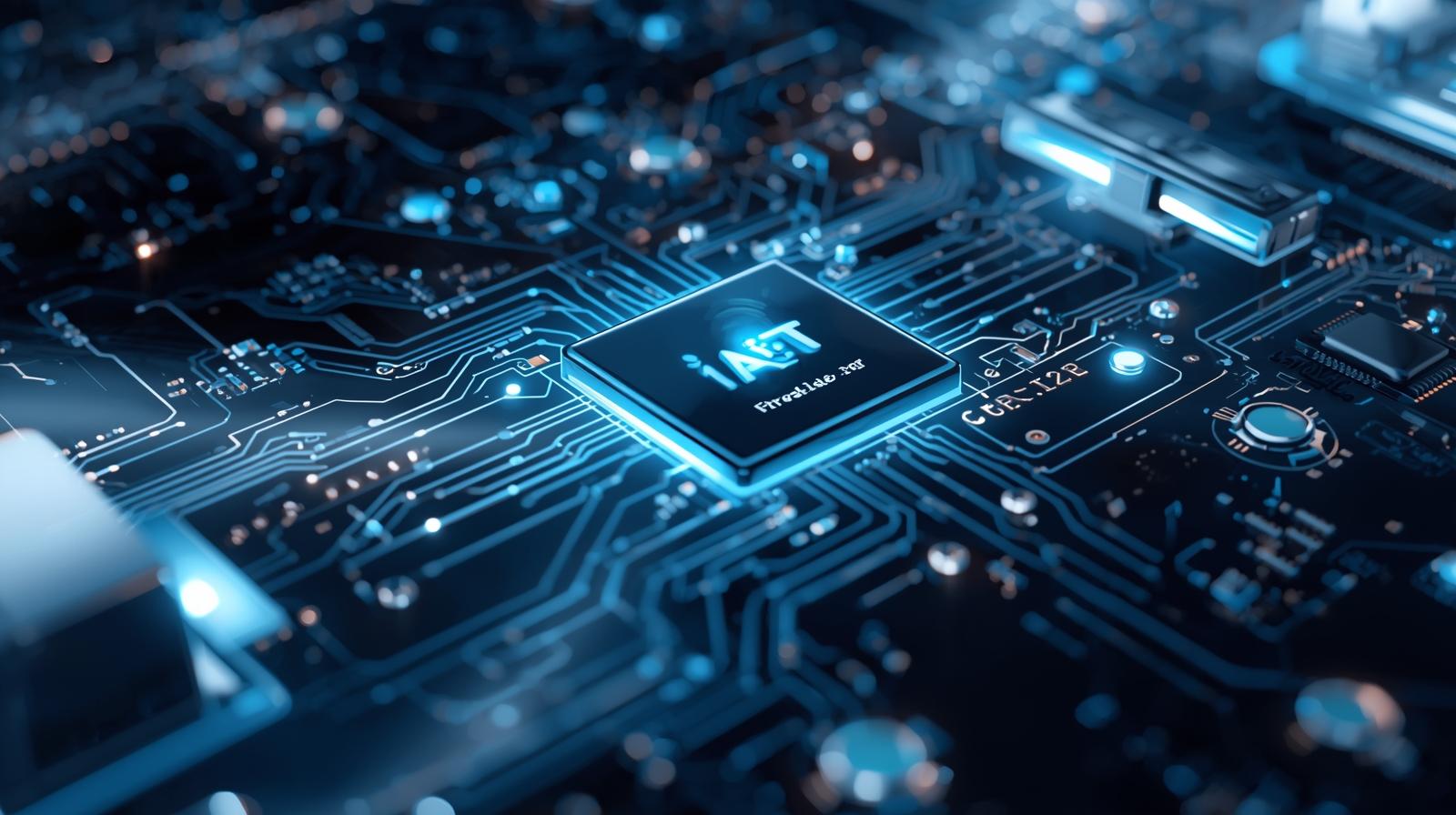The timing devices market is experiencing a period of rapid evolution, driven by the convergence of artificial intelligence (AI), the Internet of Things (IoT), and smart electronics. Timing devices, which include components such as oscillators, clocks, and timers, are essential in ensuring precise synchronization in electronics, industrial systems, telecommunications, automotive applications, and consumer devices. As industries demand higher accuracy, lower power consumption, and seamless integration with connected systems, innovations in timing technology are reshaping the market landscape.
AI-Enhanced Timing Solutions
Artificial intelligence is transforming traditional timing devices by enabling predictive functionality and self-optimization. In industrial applications, AI-enabled timing devices can anticipate fluctuations in signal or operational loads, maintaining accuracy without manual calibration. These advancements reduce downtime, improve operational efficiency, and enhance reliability in critical systems such as aerospace, defense, and high-speed telecommunications. The integration of AI into timing devices also allows manufacturers to develop adaptive solutions that respond dynamically to real-time conditions, which is particularly valuable in smart factories and autonomous systems.
Download PDF Brochure @ https://www.marketsandmarkets.com/pdfdownloadNew.asp?id=121133929

IoT Integration Driving Market Expansion
The proliferation of IoT devices is significantly boosting demand for high-precision timing solutions. Connected devices—from smart homes to industrial sensors—rely on synchronized timing to communicate effectively and avoid data loss or delays. Timing devices that support IoT infrastructure must be compact, energy-efficient, and capable of maintaining high precision across diverse networked environments. This demand is encouraging manufacturers to develop specialized oscillators, clock modules, and timing ICs that cater to IoT ecosystems, making the timing devices market more versatile and expansive.
Smart Electronics and Miniaturization
Consumer electronics, including smartphones, wearables, and medical devices, are driving the need for smaller, more energy-efficient timing devices. The trend toward miniaturization requires timing solutions that maintain high performance despite reduced physical size and power constraints. Smart electronics integration demands that timing devices operate reliably under various environmental conditions, while also supporting multifunctional capabilities such as embedded sensors and connectivity features. This integration is pushing the market toward innovative designs, including MEMS (Micro-Electro-Mechanical Systems) oscillators and low-jitter timing modules.
Market Opportunities and Growth Drivers
The timing devices Industry is projected to grow from USD 5.24 billion in 2024 and is expected to reach USD 7.59 billion by 2030, growing at a CAGR of 6.4% from 2024 to 2030. The timing devices market is supported by multiple growth drivers. Industrial automation, 5G network rollout, automotive electronics, and wearable technology all require precise timing solutions. Companies investing in research and development are focusing on combining AI, IoT compatibility, and energy efficiency to deliver next-generation products. Moreover, increasing consumer expectations for reliable, high-performance devices across sectors are creating opportunities for timing device manufacturers to expand into emerging markets and specialized applications.
Challenges in the Timing Devices Market
Despite promising growth, the market faces challenges such as intense competition, rapidly evolving technology standards, and the need for continuous innovation to meet precision requirements. Additionally, integration with AI and IoT increases system complexity, requiring robust design and manufacturing processes. Manufacturers must balance performance, reliability, cost, and energy consumption to remain competitive in a fast-paced environment.
Future Outlook
Looking ahead, the timing devices market is expected to grow steadily, driven by advancements in AI, IoT, and smart electronics. The adoption of high-performance timing solutions will become critical for emerging technologies such as autonomous vehicles, industrial robotics, and next-generation communication networks. Companies that can innovate across hardware, software, and system integration will likely capture significant market share, positioning themselves as leaders in the evolving landscape of precision timing.
In conclusion, the timing devices market is at the intersection of innovation and connectivity. By leveraging AI, IoT, and smart electronics integration, the industry is not only meeting today’s demand for accuracy and efficiency but also paving the way for future advancements in technology-driven applications.
Investor FAQs: Timing Devices Market
1. What is the timing devices market?
The timing devices market includes products such as oscillators, clocks, timers, and timing ICs that ensure precise synchronization in electronics, industrial systems, telecommunications, automotive applications, and consumer devices. These devices are critical for accurate data transmission, automation, and smart electronics.
2. Why is the timing devices market attractive to investors?
The market is growing rapidly due to rising adoption of AI, IoT, 5G networks, and smart electronics. Timing devices are essential for industries demanding high precision, low latency, and reliable connectivity, creating strong and expanding demand for innovative solutions.
3. What are the key growth drivers?
Key growth drivers include industrial automation, expansion of IoT networks, 5G deployment, smart consumer electronics, automotive electronics, and wearable technology. Increasing demand for miniaturized, energy-efficient, and high-performance timing solutions also fuels market expansion.
4. Who are the major players in this market?
The market consists of hardware manufacturers producing high-precision oscillators and timing ICs, software and firmware developers enabling integration with smart systems, and technology companies innovating in AI-enabled or IoT-compatible timing solutions.
5. What investment risks should be considered?
Investors should consider rapid technological changes, intense competition, short product life cycles, and the need for continuous R&D. Market adoption can also vary by region and application sector, and integration with AI or IoT can increase design and manufacturing complexity.
Related Reports :
